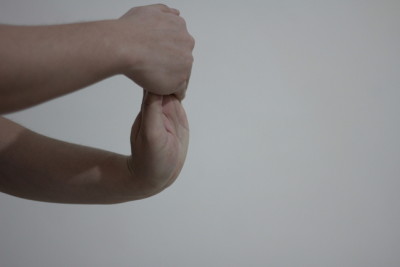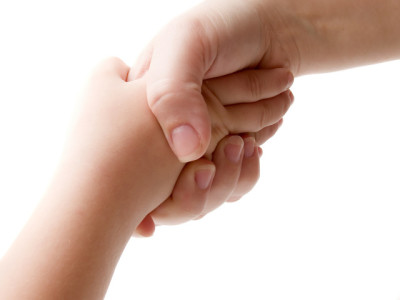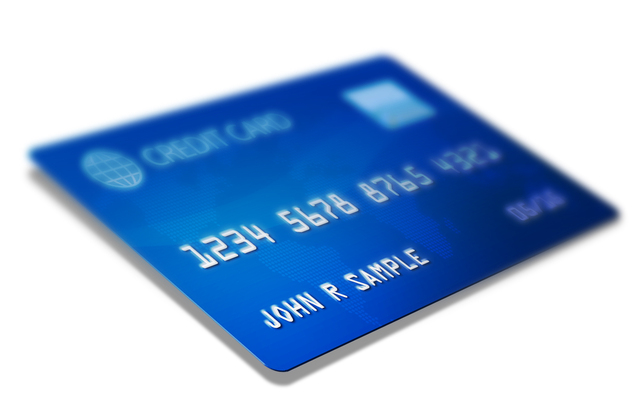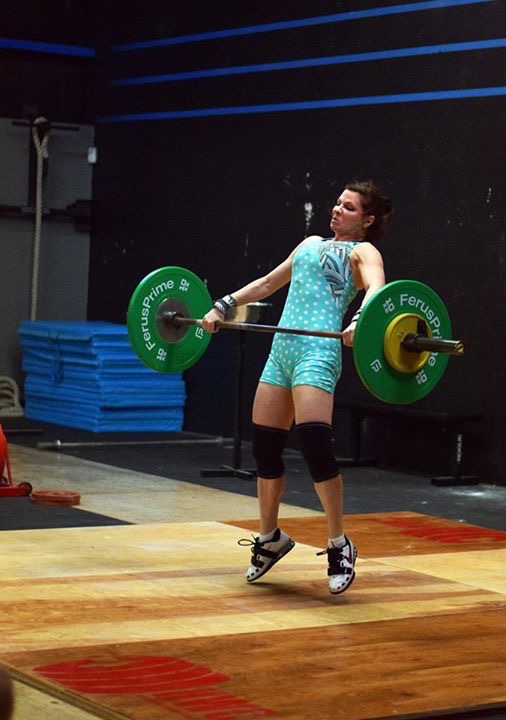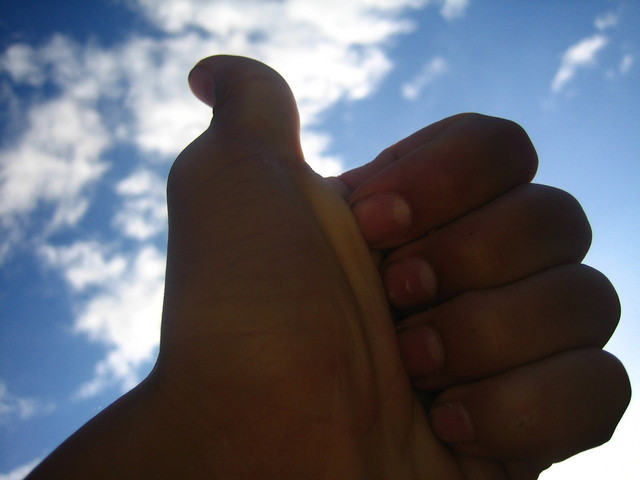I just got back from another week of weightlifting camp in beautiful Asheville, NC with Tamara Reynolds and Nick Horton. I have much to share, so I’ll spread it out over several posts. But this is the first and most important lesson. I think of it as “BELIEVE!” shouted with a southern preacher’s passion.
We started every session of camp with a didactic session. Sometimes it was technical, i.e., this is how you place your feet in an ideal jerk receiving position. Sometimes though the lesson addressed the mental aspects of lifting.
During one lesson, Nick asked us to visualize making a lift that was just beyond what we could currently do. He wanted it visualized in perfect detail: walking to the chalk bucket, chalking up our hands, stepping up to the bar, adjusting our grip, grinding feet into the floor, setting our back, then each phase of the lift ending with perfect lockout.
So I tried to imagine a 45kg snatch. I had done 43kg once before and 46kg was my holy grail (because that translates to three digits, 101.2lbs, in freedom units. ‘Merica!).
Literally my visceral and immediate response was, “I can’t do that.” Now keep in mind this is in my imagination. In my imagination, I can have carnal relations with Russian weightlifters. In my imagination, I have ridden flying horses. But somehow my mind balked at making a 45kg lift. So apparently I think my chances are better with Klokov and Pegasus than making a sub-bodyweight snatch.
Now this is clearly a problem. It’s why I have almost always made PRs when I didn’t know what was loaded on the bar. Because my doubting, sabotaging brain could be put on silent and I could let my body do what it knew it could do and lift that damn bar.
It’s particularly pernicious for someone who trains alone like I do. I don’t have an external voice encouraging me or chastising me into trying scary lifts. So I tend to cat out to paraphrase Nick Horton (whose three rules of snatching are lockout, hit your hips and stop being a pussy).
I have found recent success in stopping the recording of every attempt in training. Meaning, I finish with my warm-ups (for snatch, up to 77lbs/35kg) then just start adding random and differing small amounts to the bar so that I don’t know exactly what’s on there. I find I ramp up to a higher daily max with this strategy because again, I’m not staring at that scary number on the paper in my log book before addressing the bar.
In Asheville, I tried Nick’s way. I visualized making that lift. I visualized locking out HARD. I visualized guiding the bar down when I was done in victory.
Then, on day 4 of camp, I walked up to a bar loaded with 46kg. I knew it had 46kg. I had just made 44kg which was a PR and instead of loading 45, I went on up to 46. 44 had been easy and I knew, knew knew knew, that I could do 46. I believed! And I did it (although the lockout may not have counted in competition, I’ll still take it).
A double PR. A PR in actual weight lifted (three digits bitches!!!!) but also a PR in confidence. I felt like an actual adult making that lift because I did it with knowledge aforethought. I couldn’t be prouder.
Do try this at home kids. Try visualizing successful lifts. Try visualizing making technically better lifts if there is a part of your lifts that doesn’t move like it should. Try visualizing standing on a platform in competition to start taming those meet day nerves. And believe that you can succeed because you can do more than you think you can.
BELIEVE!
